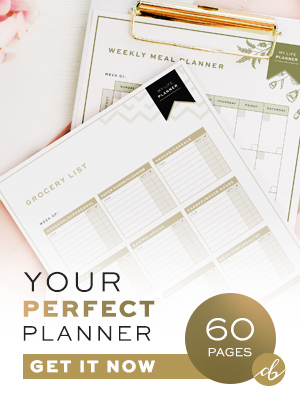I currently have on hand two decent-sized lavender herbs growing in my side garden and the harvesting have gotten bigger and bigger with each year. Of course, they have only been in this bed for the past two year, but nonetheless I still have seen an increase in the cutting since the first year they were planted.
Over the past years of having lavender and knowing I wanted to harvest as much as I could from my own plants, I read every article, blog, and gardening book that I could to educate myself on ways to help it prosper.
I learned a few basic growing techniques about lavender that have really helped me in the long run and have helped my herbs become more vivacious than ever before. Here are a few tips I learned along the way.
1. Lavender likes to be watered from the underside of the plant. It doesn't really like to have sprinkles of water from above, minus the rain, which can't be controlled, obviously. Make a quick assessment once a year to look out for root rot if drainage is an issue.
2. Grow lavender on a slope is best, but if a slope isn't available plant the lavender on a raised bed or in a hill where your plant's roots can have the water drain nicely away from them.
3. Plant your lavender where it will get a full eight hours of sunshine and make sure you water it as needed. Don't saturate the soil around it and drainage is important. Lavender is drought tolerant so if you go a day or two without watering, it should still be fine.
4. Pruning your lavender just before the blooms begin to open up. Make sure to leave about an inch of green when you cut and prune to maintain shape year after year. Lavender is a perennial and will return if proper care is taken with them.
5. Potted lavender should be re potted to a bigger pot every spring to encourage the roots to expand and grow larger. Just like lavender in the ground, drainage is key and pruning is a must!
I surrounded my lavender with newspaper the first year it was in the ground and added more potting soil over the newspaper. This helped the lavender a lot that first year so it wasn't fighting for water or nutrients from the soil from pesky weeds.
I've been able to harvest quite a lot from my 2-year-old lavender herb and I have started to collect bundles for a wreath I plan on using this fall on my front door. Harvested lavender have a pleasant scent and it's one of the smells that will never get old to me. The image of a pretty, scent-filled, fresh lavender wreath hanging on my door just makes me excited! It will be the first scent guest and I smell coming and going from my front door this coming fall!
Be sure and store your lavender blooms in an airtight container to retain freshness of the herb for extended periods of time.
By the way, lavender is a great addition to any flower garden or herb/vegetable garden. It attracts honeybees, bumblebees, butterflies, and many other pollinators.
I hope these tips help you grow the most beautiful and abundant lavender that can be enjoyed and harvested year after year!
Eco-Tip: When it comes to drinking your eight ounces of water daily, fill a pitcher with the recommended water amount and place it in your refrigerator. This method is a lot better than standing and allowing the water from the tap to run till it's cold. Plus, the water will be a lot cooler than straight from the tap anyway! For more tips visit, The Earth and Me Go Green.


















.jpg)
.jpg)
.jpg)


.jpg)
.jpg)











































